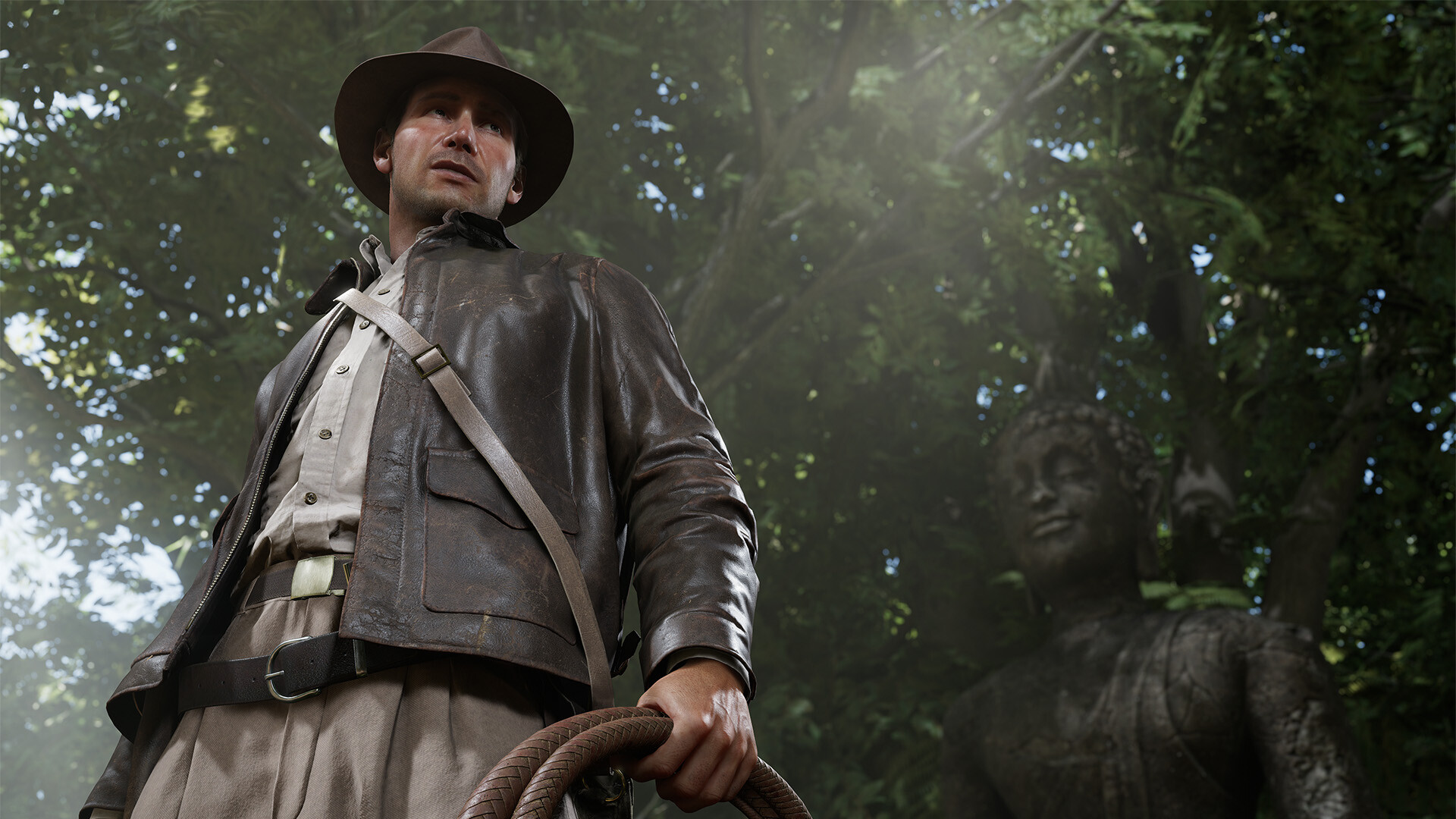The release of Indiana Jones and the Great Circle has sparked discussions about game design and storytelling perspectives, particularly the decision to utilize a first-person viewpoint instead of the more traditional third-person perspective. This choice has been a focal point in interviews, with developers from MachineGames explaining their creative rationale.
First-Person Perspective Explained
During a roundtable interview last year, a journalist posed a question about the game’s perspective to the developers at MachineGames. They responded by highlighting their extensive experience with first-person titles, particularly the Wolfenstein series. The developers noted that a first-person perspective enhances player immersion, allowing them to not just play as Indiana Jones but to truly become him.
This approach diverges from popular action-adventure titles like Uncharted and Tomb Raider, which have traditionally employed third-person perspectives. Critics of the first-person choice argued that it might limit gameplay mechanics typically found in third-person games, such as better spatial awareness during platforming segments. Yet, MachineGames remained committed to their vision, believing that the first-person viewpoint enables a richer storytelling experience.
Jens Andersson, the design director, elaborated on their perspective during a recent talk at Develop:Brighton, stating, “We love that perspective. It’s a great way of telling stories.” The game has received significant acclaim, including a five-star rating in reviews, reflecting its successful alignment of character and mechanics.
Immersive Gameplay and Unique Features
The gameplay mechanics in Indiana Jones and the Great Circle illustrate the advantages of the chosen perspective. Players navigate through a world filled with artifacts and puzzles, using a leather-bound diary left by Marion Ravenwood to track objectives. This diary is not merely functional but also contributes to the immersive experience, filled with sketches and photographs that evoke a sense of adventure.
Combat in the game emphasizes chaos and humor, with players using a whip that adds a unique dynamic to encounters. The game encourages stealth, but situations often lead to comic outcomes, such as when the protagonist exclaims “Jeeesus!” during intense moments. This blend of combat and humor helps maintain player engagement while reinforcing the character’s personality.
Moreover, the first-person perspective effectively conveys the tension of specific scenarios, such as navigating through ancient tombs. Players experience the claustrophobia of being trapped in a rapidly filling tomb, enhancing emotional responses that a distant camera angle might dilute. The tactile nature of the environment, experienced through first-person, brings a level of realism that resonates with players.
Fans of first-person games appreciate the immersive quality that allows them to fully inhabit the character, creating a profound connection with the narrative. This approach has proven effective in other licensed games, such as Alien: Isolation, which has garnered a dedicated following over the years.
MachineGames, the studio behind Indiana Jones and the Great Circle, previously developed Escape from Butcher Bay, a title that also received critical acclaim for its innovative gameplay. The team’s expertise in creating interactive experiences suggests that trusting their vision for character-driven adventures can lead to successful outcomes.
With the positive reception of Indiana Jones and the Great Circle, the anticipation for additional content, including downloadable expansions, indicates a strong desire among players for more immersive adventures. As the gaming community reflects on the success of this title, it may pave the way for future projects that embrace bold design choices.
